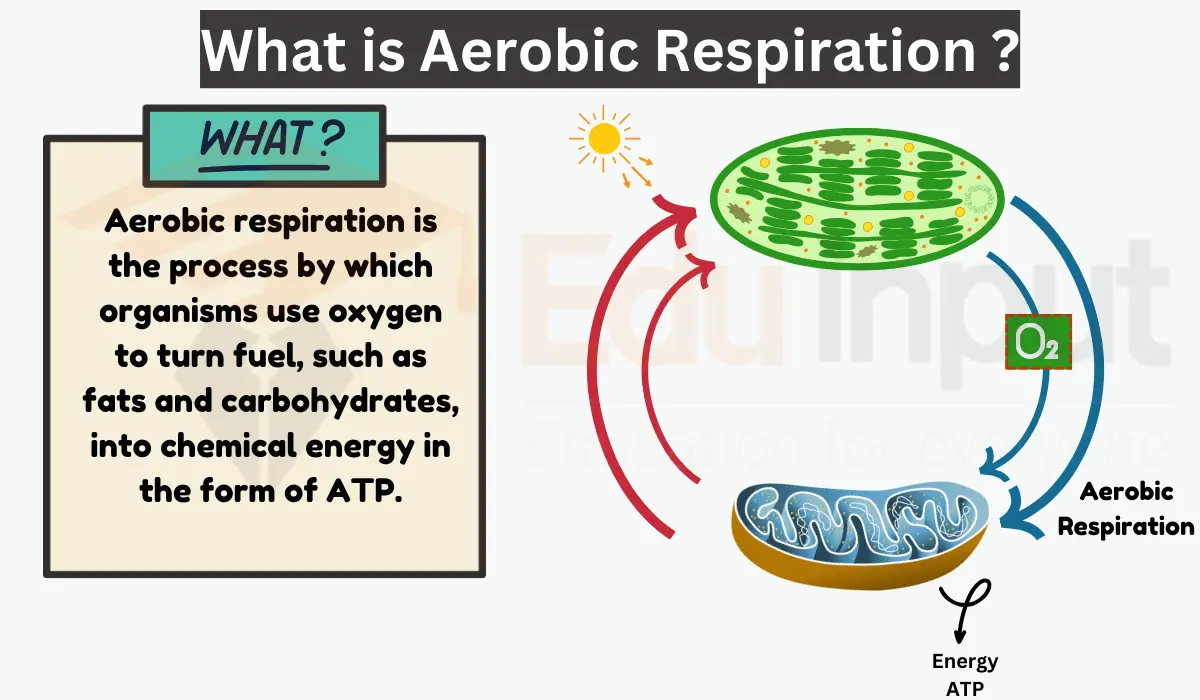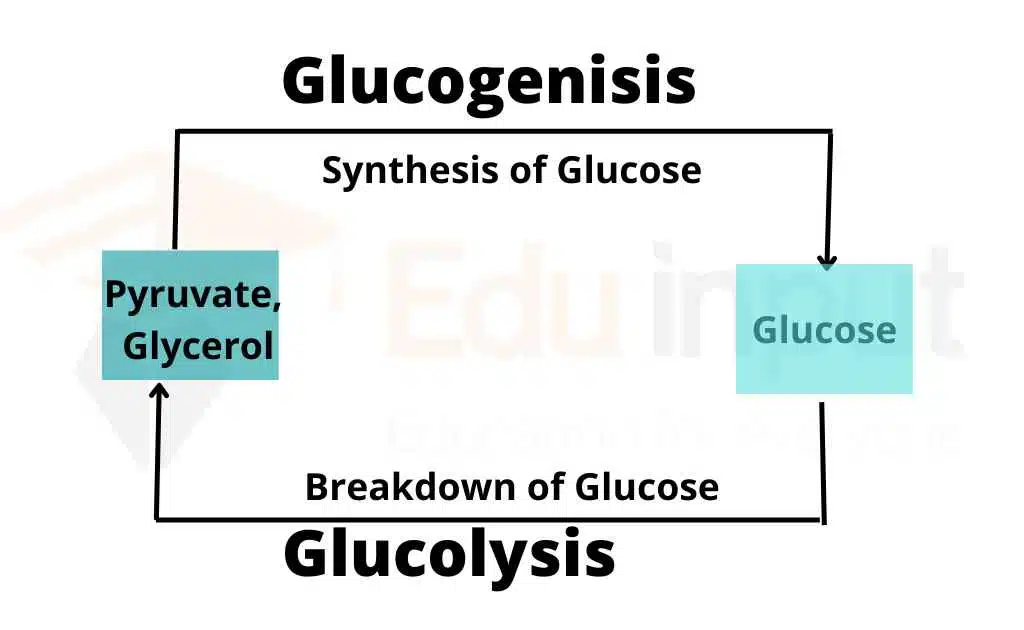Is Aerobic Respiration Anabolic or Catabolic?-It’s not Catabolic
Aerobic respiration exhibits both catabolic and anabolic characteristics because it simultaneously breaks down nutrients to release energy (catabolism) and uses that energy to fuel the construction of new cellular components (anabolism).

While traditionally considered strictly catabolic, aerobic respiration exhibits characteristics of both catabolic and anabolic pathways, that makes it an amphibolic pathway.
Is Aerobic Respiration Anabolic or Catabolic?
Aerobic respiration is amphibolic, which means it exhibits both characteristics, Here’s why?
Catabolic aspects
1. Glucose breakdown
Aerobic respiration involves breaking down glucose (a complex molecule) into simpler molecules like carbon dioxide and water. This breakdown process breaks down organic molecules.
2. Energy release
The process releases energy that is captured in ATP, the cellular energy currency. This energy release is also characteristic of catabolism.
Anabolic aspects
1. ATP production
The captured energy in ATP is used to power various cellular processes like protein synthesis. These processes are anabolic.
2. Intermediate molecules
Some of the intermediate molecules produced during aerobic respiration can be used as building blocks for other molecules, contributing to anabolic processes.
Therefore, aerobic respiration’s ability to breakdown complex molecules and release energy makes it catabolic, while its involvement in ATP-powered synthesis and providing building blocks for anabolic processes makes it anabolic. This dual nature is why it’s classified as an amphibolic pathway.







Leave a Reply